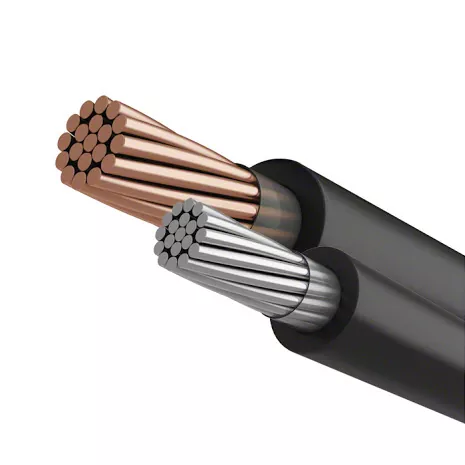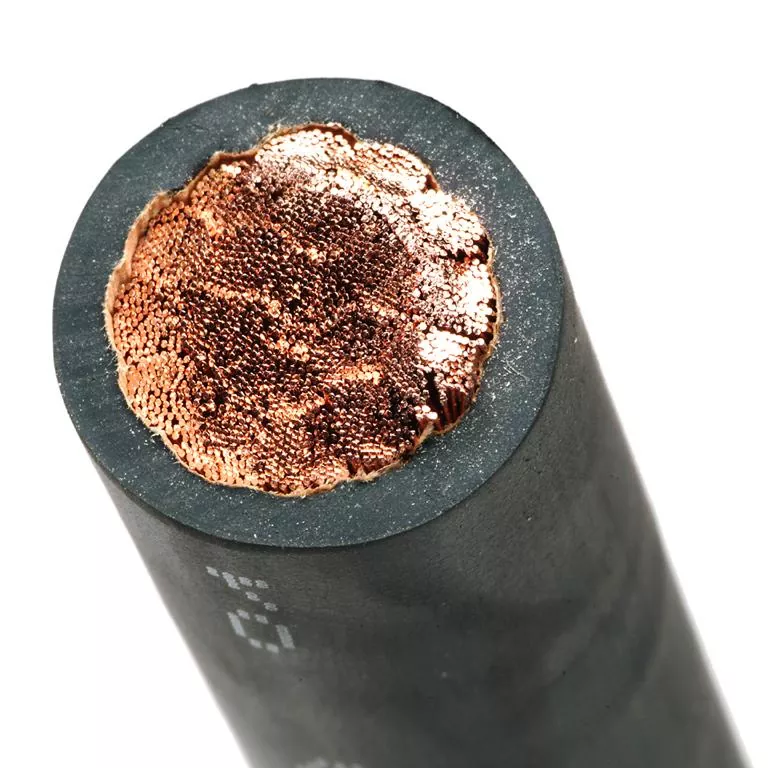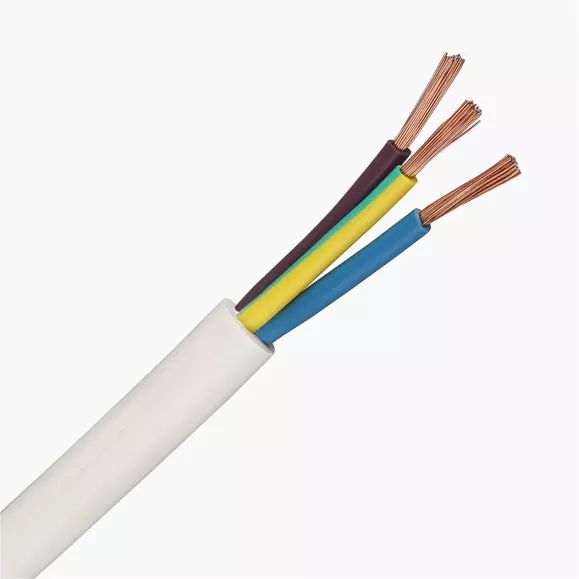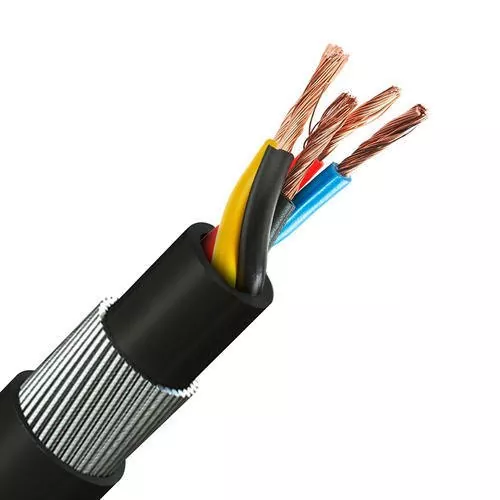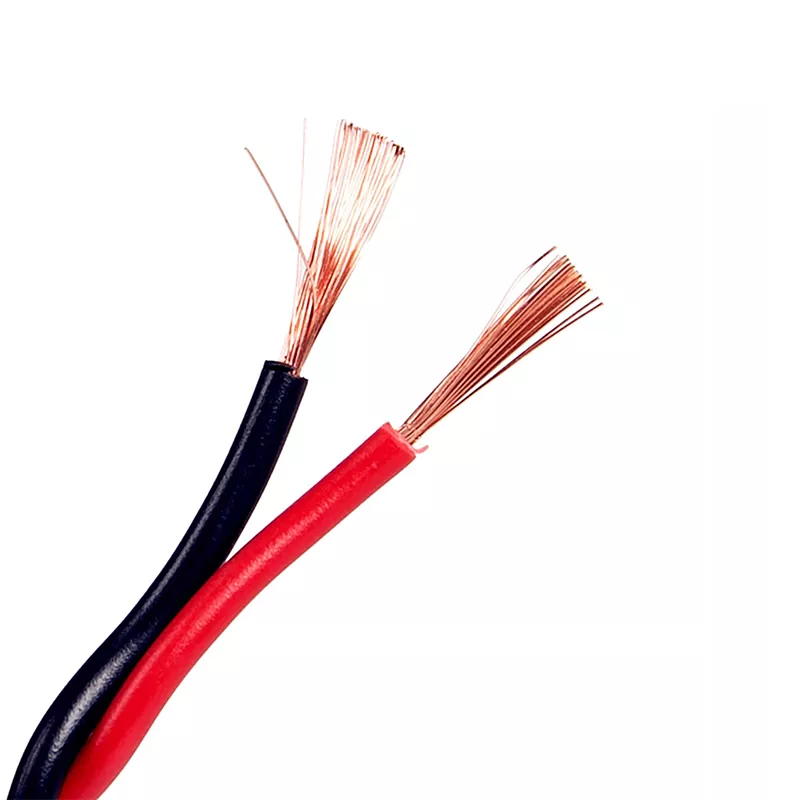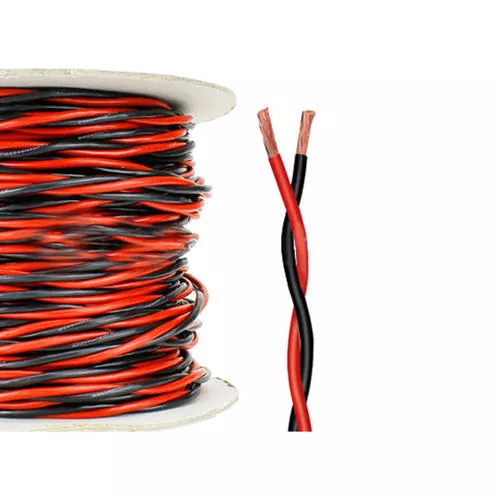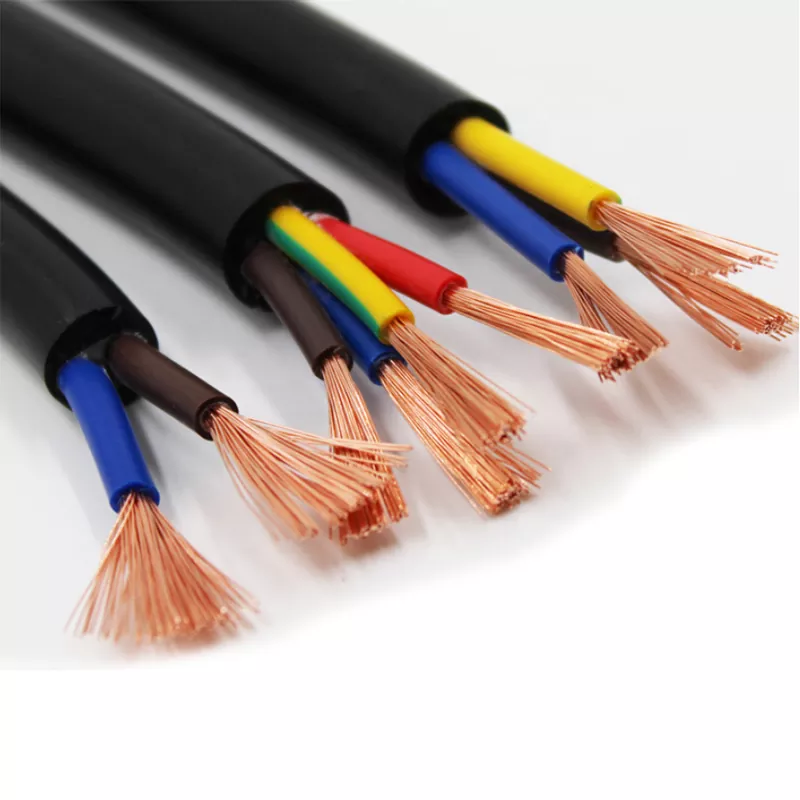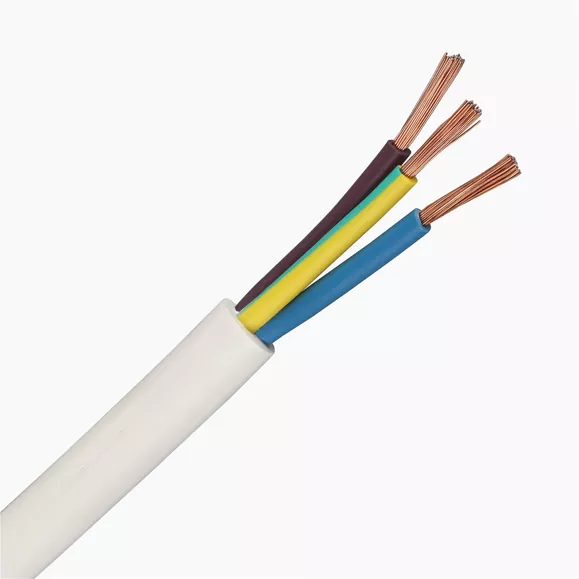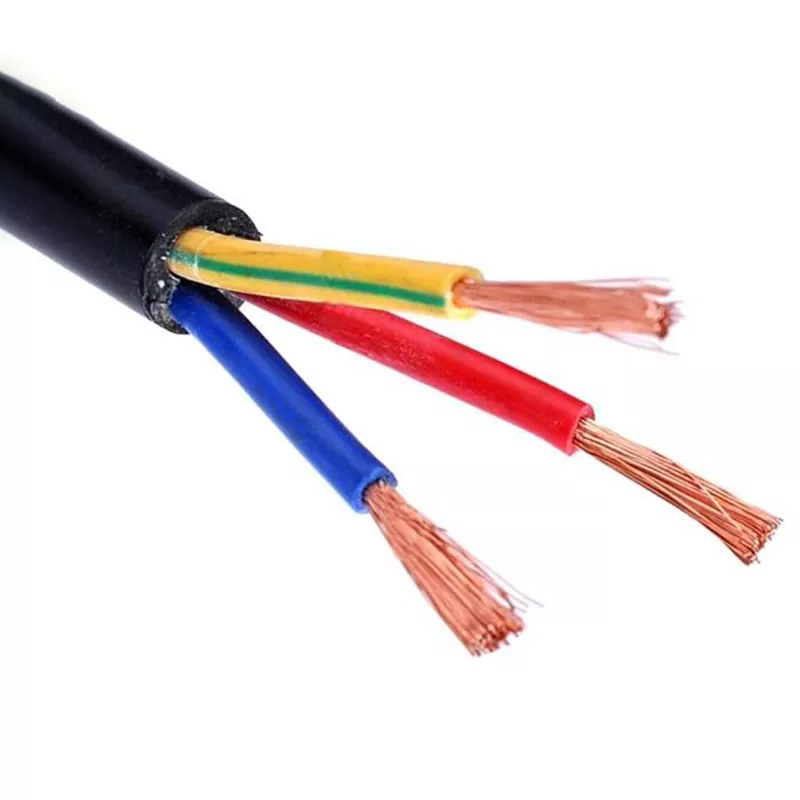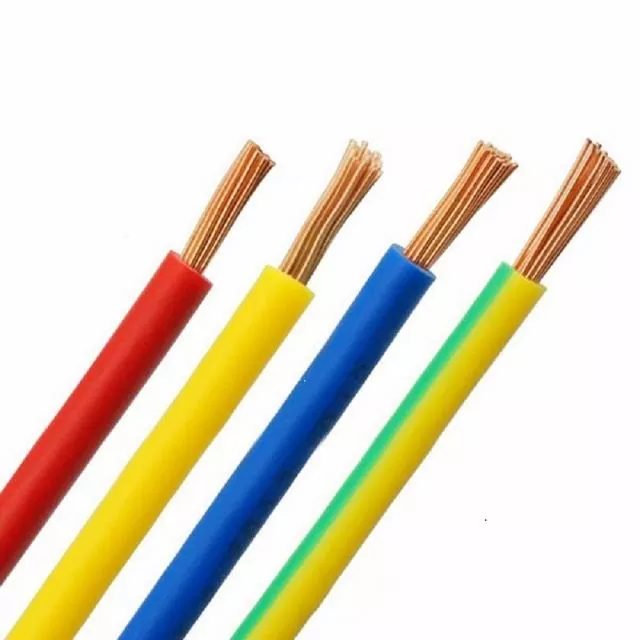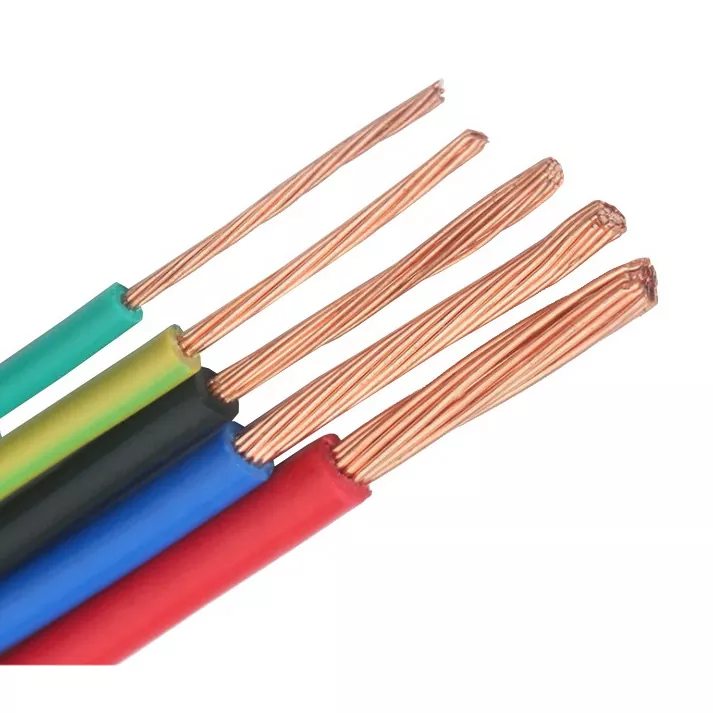 English
English Español
Español  Português
Português  русский
русский  Français
Français  日本語
日本語  Deutsch
Deutsch  tiếng Việt
tiếng Việt  Italiano
Italiano  Nederlands
Nederlands  ภาษาไทย
ภาษาไทย  Polski
Polski  한국어
한국어  Svenska
Svenska  magyar
magyar  Malay
Malay  বাংলা ভাষার
বাংলা ভাষার  Dansk
Dansk  Suomi
Suomi  हिन्दी
हिन्दी  Pilipino
Pilipino  Türkçe
Türkçe  Gaeilge
Gaeilge  العربية
العربية  Indonesia
Indonesia  Norsk
Norsk  تمل
تمل  český
český  ελληνικά
ελληνικά  український
український  Javanese
Javanese  فارسی
فارسی  தமிழ்
தமிழ்  తెలుగు
తెలుగు  नेपाली
नेपाली  Burmese
Burmese  български
български  ລາວ
ລາວ  Latine
Latine  Қазақша
Қазақша  Euskal
Euskal  Azərbaycan
Azərbaycan  Slovenský jazyk
Slovenský jazyk  Македонски
Македонски  Lietuvos
Lietuvos  Eesti Keel
Eesti Keel  Română
Română  Slovenski
Slovenski  मराठी
मराठी  Srpski језик
Srpski језик
Twisted Flexible Electric Wire
DAYA electrical is a large-scale Twisted Flexible Electric Wire manufacturer and supplier in China. We have been specialized in High voltage equipment for many years. Our products have a good price advantage and cover most of the South America, Middle East, Africa, Southeast Asia markets. Stranded wire with higher cross-sectional area of each strand is known as flexible cable. It generally consists of two separately insulated flexible stranded conductors twisted together and is called twin flexible. These wires are widely used for portable appliances like electric irons, refrigerators, heaters, hand lamps, table fans, etc.
Send Inquiry
PDF DownLoad
Wires are of two groups- (i) ordinary wires and (ii) cables. For electric work conductors are usually made of copper but aluminium conductors are also used mainly because of its low cost. In India a large quantity of copper is imported from other countries. Presently the armature and field coils of different machines and instruments are also made of aluminium wire.
However for fuse wires, use of lead-tin alloy or copper wire is the usual practise. Wires are used for the manufacture of armature and field windings of generators, motors, electrical instruments, etc., and also for house wiring and for drawing overhead transmission and distribution lines. Wires used for house wiring and underground cables have various types of insulation.
Different Types of Insulated Wires:
Different types of insulated wires primarily used for house wiring are discussed below:
1. Vulcanised Indian Rubber Insulated Wires:
On the conductor one or more layers of vulcanised Indian Rubber (V.I.R.) i.e., rubber treated with sulphur at high temperature, is applied. For removing the bad effect of sulphur on copper or aluminium, the conductor is thoroughly tinned or a layer of pure rubber is applied on the conductor.
Finally the rubber insulation is covered either by cotton tape impregnated with moisture resisting compound like bitumen or wax, or covered with cotton tape. V.I.R. wires are single-core type and usually used in conduit wiring, wood casing and cleat wiring, etc. In recent years, however, single-core P.V.C. wires have largely replaced V.I.R. wires.
2. Tough Rubber Sheathed (T.R.S.) and Cab Tyre Sheathed (C.T.S.) Wires:
Over the tinned copper or aluminium conductor a layer of pure rubber or rubber treated with sulphur is used. As outer protective layer tough rubber sheath (T.R.S.) wires and cab tyre sheath (C.T.S.) wires are provided. These may be used in damp places or in open atmosphere. T.R.S. or C.T.S. wires are light in weight and cheaper in cost.
These wires are available in single-cores twin-core, three-core conductor. Single-core and twin-core wires are mainly used in house wiring, and twin-core and three core wires are used for giving supply to cranes, hoists, etc. and also for drawing service connections from the overhead distribution lines or from one building to another.
The rubber insulation over each conductor has different colours for different cores. In recent years for service connections and house wiring P.V.C. wires are preferred over T.R.S. or C.T.S. wires.
3. Metal Sheathed or Lead Sheathed Wires:
In these wires V.I.R. types are provided with a continuous lead sheath covering which is mechanically strong and moisture proof. Due to its high cost compared to C.T.S. wires, lead sheathed wires are not used for internal wiring but used for service connections and for wiring under abnormal climatic conditions with high moisture.
Lead sheathed cables are available in many forms like single-core, twin-core flat, three-core flat and twin-core flat with an earth continuity conductor. In this type also rubber insulations over the conductor have different colours for different cores.
4. Weather-Proof Wires:
Weather-proof wire is mainly used in outdoor work where the wire remains exposed to open atmosphere. These wires are of V.I.R. insulated type suitably taped, braided and compounded with weather-resisting material. The conductor is of tinned copper or aluminium over which a layer of rubber treated with sulphur is applied. Weather-proof cables are useful is industries and in outdoor wiring at low and medium voltages.
DAYA Twisted Flexible Electric Wire Details
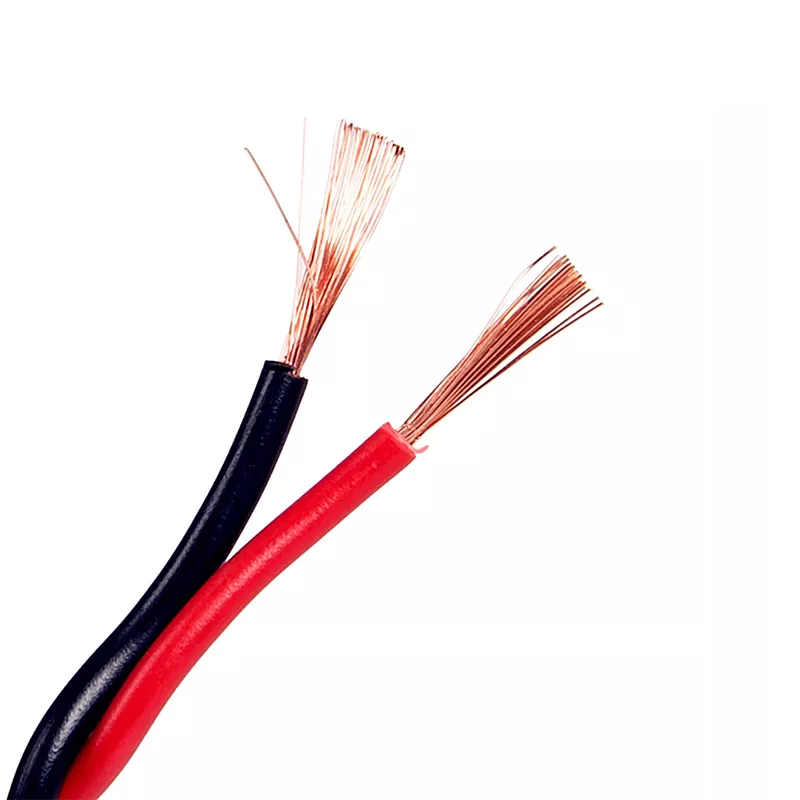
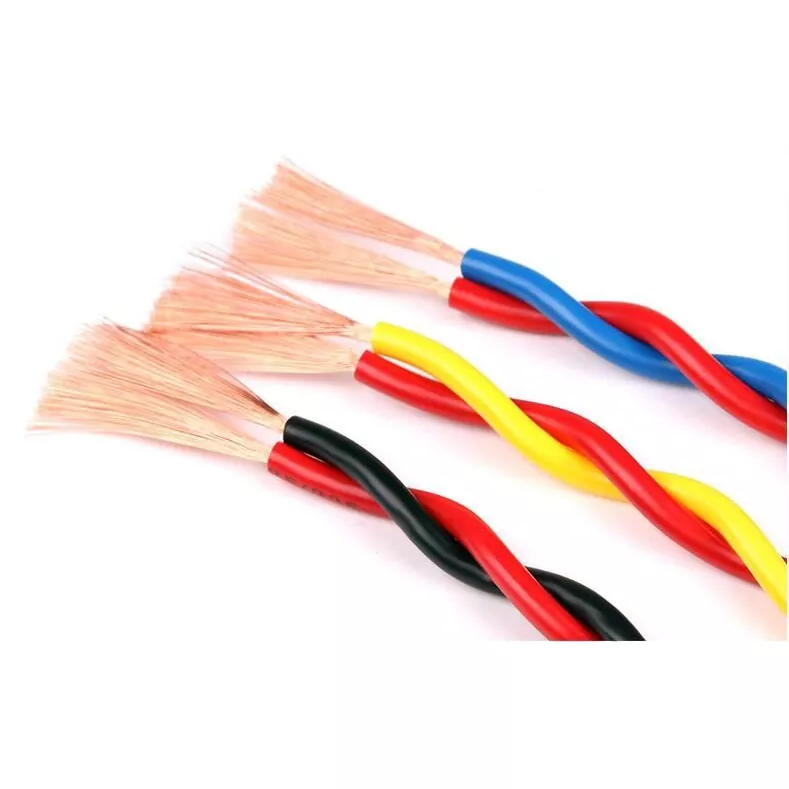
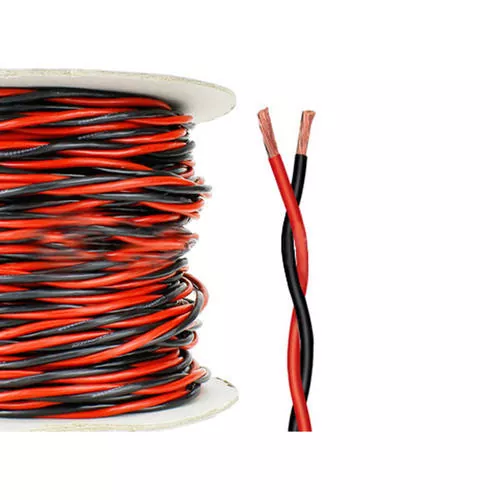
DAYA Twisted Flexible Electric Wire Working conditions
Wiring Accessories:
(a) Switch:
It is a manually operated device used to make and break an electric circuit.
Electric switches are classified into two types:
(i) Knife switch, and
(ii) Tumber switch.
A tumbler switch is appropriate for carrying current of 5, 10 or 15 amperes while a knife switch is used in the circuit where the current exceeds 15 amperes. The smallest size of the knife switch can carry a current of 15 amperes continuously. Knife switch is subdivided as quick break switch and slow break switch. The slow switch is also named as link switch.
(b) Quick Break Knife Switch:
It is used on the main switch-board of a low voltage circuit. A double pole quick break knife which consists of one, two or more copper blades fixed with a handle. These are the main blades whose cross-section depends on the circuit current. Each main blade is associated with one smaller blade, called auxiliary blade which is not fixed with the handle but attached to the main blade by a spring.
The main blades along with the auxiliary blades can be pressed into forked terminals or jaws at the other end. The whole thing is fixed either on a piece of ebonite sheet or a marble slab or on a switch-board panel. The moment the circuit is switched off, the handle moves in a manner so that the main blades come out of the forked terminals. But the auxiliary blades still remain into the jaws and thus maintain connection.
Then the handle is moved further out and at one point the auxiliary blades come out of the terminal contacts due to spring tension and remain to contact with the main blades again. In this way the spring provides a quick break action due to which no electric arc can be formed between a blade and a forked terminal at the time of breaking a circuit.
The basic difference between a quick break switch and a link switch is that the quick break switch has spring for quick action but the link switch has no spring attached to its blade. These switches may be single-pole, double-pole, and triple-pole and double-throw type.
If in a place there is risk of fire due to spark coming out from the switch contacts or if the circuit voltage is so high that the open contacts of the switch may be a source of danger to human life, the complete assembly of a link switch is enclosed in an iron box. This type of switch is known as iron-clad switch or a metal-clad switch.
Inside mines and also on the main and sub-distribution boards this switch is generally used. For safety the outer iron cover is connected to earth. The lid of the iron box so long remains open, the switch cannot be placed at the on-position. When the switch is on, the lid of the iron box cannot be opened and thus it becomes a fool-proof arrangement.
Packing:
--100m/Coil with Shrinking Film Wrap, 6 Coils per outer carton.
--100m/Spool, spool can be Paper, Plastic, or ABS, then 3-4 spools per carton,
--200m or 250m per Drum, two drums per carton,
--305m/Wooden Drum, one drum per outer carton or pallet loading,
--500m/Wooden Drum, one drum per outer carton or pallet loading,
--1000m or 3000m wooden drum, then pallet loading.
*We can also offer customized OEM packing according to clients' request.
Delivery:
Port: Tianjin, or other ports as per your requirements.
Sea freight: FOB/C&F/CIF quotation are all available.
*For some countries such as Africa countries, middle east countries, our sea freight quotation is much cheaper than clients get from local shipping agency.
DAYA Twisted Flexible Electric Wire Parameter (Specification)
|
Section mm2 |
Max. Wire Diameter mm |
Insulation Thickness mm |
Overall Diameter mm |
Cable Weight kg/km |
Electrical Resistance
DC2OC |
| 2X0.5 | 0.16 | 0.8 | 6.0 | 22.0 | 39.0 |
| 2X0,75 | 0.16 | 0.8 | 6.2 | 28 | 26.0 |
| 2X1 | 0.16 | 0.8 | 6.6 | 46 | 19.5 |
| 2X1.5 | 0.16 | 0.8 | 72 | 59 | 13.3 |
| 2X2.5 | 0.16 | 0.8 | 8.2 | 93.S | 7.98 |
| 2X4 | 0.16 | 0.8 | 9.2 | 108 | 4.95 |
| 2X6 | 0.21 | 1.0 | 10.6 | 151 | 3.30 |
DAYA Twisted Flexible Electric Wire Service
Pre-sales
We provide technical support and complete power distribution solutions tailored to your needs. If the design drawings you provide are deemed unfeasible, we will optimize the plan and adjust it with the dimensions of the cabinet, the location of the equipment, and so on. We will also optimize the configuration of the products to make them meet your requirements.
After-Sales
If any problem occurs, we will first provide support by phone or email. We will perform a remote debug if necessary. Furthermore, our products come with a troubleshooting manual for reference when trying to find the fault and solve issues by yourself. Most problems can be solved by the above-mentioned methods. We will check in every year or so to acquire detailed information about your equipment to get a better understanding of the inner workings.
Our customer service promise
1. We will quickly solve the problem after receiving the issue report or repair request.
2. We then explain the cause of failure in detail and any fees will be charged according to market pricing.
3. If we take any parts back for inspecting, we will apply fragile notice stickers on them or write their serial number down to maintain the safety of the parts.
4. If your complaint is deemed valid, we will refund repair fees to you on-site.
DAYA Twisted Flexible Electric Wire FAQ
1.Q: Are you a manufacturer or trader?
A:We are all, Main business of the company low-voltage switchgear, power distribution cabinet, explosion-proof cabinet design, production and system programming.
2.Q: Whether to support OEM/ODM?Can you design the equipment according to our size?
A: Of course, we can customize any product according to customer requirements, and we can provide design solutions and solutions.
3.Q: Why should I buy from you instead of someone else?
A: First of all, we can provide all customers with very professional support consisting of IT consultants and service teams.Secondly, our main engineers have more than 20 years of experience in power distribution equipment development.
4.Q:What about the delivery time?
A:Generally, our delivery time is around 7-15 days about. While, it depends on the requirement of customers and the
quantity of products.
5.Q:What about the shipment?
A:We can arrange shipment by DHL, FedEx, UPS,etc.of course, customers can also use their own freight forwarders.
6.Q:How about the terms of payment?
A:Supported T/T、Paypal、Apple Pay、Google Pay、Western Union,etc. Of course we can discuss on this.


